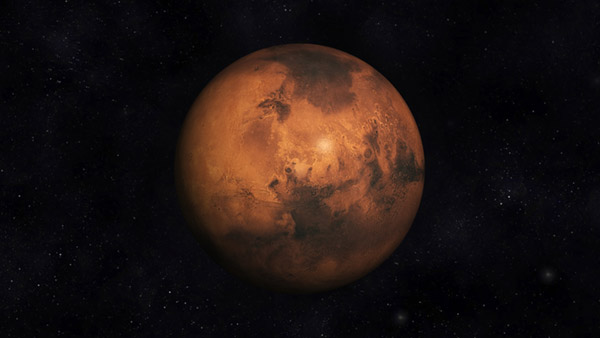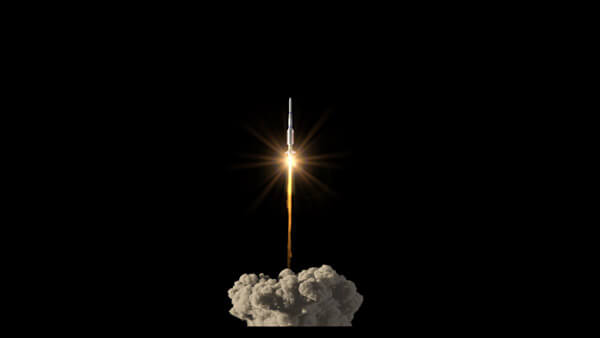It’s no secret that SpaceX plans to put people on Mars, and there’s a belief that it could happen by 2030. However, the first step involves reaching Mars with a spacecraft, which only NASA and the China National Space Administration have accomplished. It also requires delivering a payload of equipment.
Two California-based startups, Relativity Space and Impulse Space, are looking to jump ahead of NASA and SpaceX by launching a commercial mission to Mars by the end of 2024. If successful, this endeavor would be the first successful commercial flight to the Red Planet and could open up an entirely new generation of space travel. Here’s a look at what this news means for the exploration of our solar system.

Relativity Space and Impulse Space are relatively new companies with ambitious goals. Their plans are exciting for space exploration enthusiasts, although the success of their missions remains in doubt.
About Relativity Space

Relativity Space was formed in 2015 and has raised more than $1 billion in funds. Although the company has yet to launch a single rocket, its initial offering, Terran 1, should take to the skies later this year.
The company is also developing the Terran R rocket, a 3D-printed reusable product with unique aerodynamic features that should aid its efficiency. The rocket can launch more than 20,000 kilograms into low Earth orbit, with the technology Impulse Space develops taking over from there.
About Impulse Space
Impulse Space builds the thrusters responsible for propelling spacecraft once they’re in orbit. The organization was founded by Tom Mueller, SpaceX’s first employee and the leader of its propulsion department.
Although Impulse has yet to test its thrusters in space, the company has already created an integrated Cruise Vehicle, Entry Capsule, and Mars Lander for delivering the payload to Mars.
In short, the Cruise Vehicle will send the Entry Capsule into the ideal landing trajectory before detaching. The Entry Capsule will then parachute near the surface before releasing the Mars Lander, which will deliver the payload.
A Look at Their Partnership

The partnership between Relativity Space and Impulse Space makes a lot of sense because each company focuses on different aspects of the mission. Relativity is developing the rockets necessary to get the payload off Earth, while Impulse Space’s technology will propel the equipment through space and land it on Mars. Tom Mueller is also a former colleague of Zach Dunn, Relativity’s vice president of engineering and manufacturing, so there’s some history between the organizations.
Impulse and Relativity will continue testing their products into 2023 while looking at a late 2024 launch of their spacecraft. Impulse believes the rocket will take many months to reach Mars, at which point it will become the first successful commercial mission to the planet.
What SpaceX and NASA Are Doing

It’s worth noting that SpaceX and NASA are also planning Mars trips, albeit at a slower pace. SpaceX’s Starship is currently well into its testing phase, and if successful, it could eventually take a human-crewed mission to Mars. SpaceX president, Gwynne Shotwell, believes humans could reach Mars before 2030.
NASA is also using Starship for its Artemis program, which aims to transport astronauts to the moon’s south pole by 2025. From there, NASA believes they can send a human-crewed mission to Mars by 2040.
The Future of Space Travel
It’s an exciting time for space travel, as private and government organizations are looking to take the next step in exploration. While we’re still a way off from settlements on Mars, people could set foot on the planet during the next decade.
Are you excited about these advancements in space travel? Let us know in the comment section, and don’t forget to share this post with the space lovers in your life.